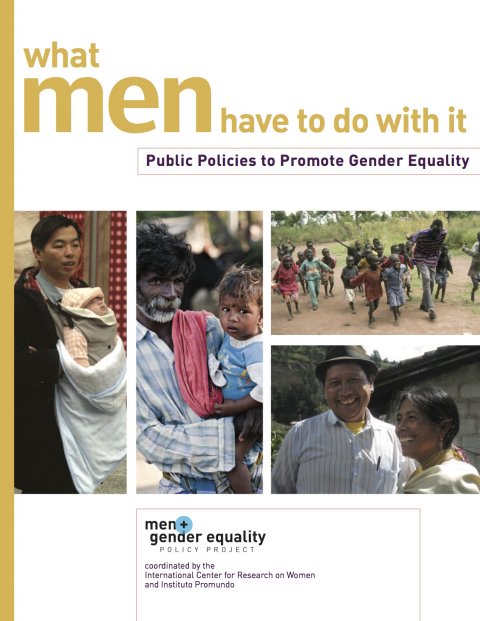
Could changes in men’s attitudes and behaviors about health, violence and parenting benefit women, children – and men? Do national policies influence men’s behaviors in relation to child rearing, employment and gender-based violence?
ICRW and partners on March 3 released a global, comparative policy analysis that examines how changes in national policies could help achieve gender equality. ICRW’s Gary Barker – who leads projects that engage men to reduce inequality – will present the report’s conclusions at the 54th session of the Commission on the Status of Women in New York.
Most policies that strive for equality still focus exclusively on empowering women and neglect the role that men can play in the effort. In the report, titled “What Men Have to do With It,” experts summarize how policies of seven countries involve men in gender equality goals. The study also analyzes whether the policies address social norms that reinforce traditional perceptions of what it means to be a man. The authors analyze advances, challenges and remaining gaps in a range of policy arenas, such as public security, health, livelihoods and engaging men as fathers and caregivers.
“What Men Have to do With It” calls for policy responses that account for the specific historical and political contexts of each country. It also identifies practical, successful policies that involve men and challenge traditional conceptions of “manhood,” such as:
- Identifying the social and emotional development needs of school-age boys in Jamaica;
- Introducing gender-sensitive recruitment, vetting and training processes for soldiers in Liberia;
- Encouraging men to seek health services through awareness campaigns in the United States;
- Extending paternity leave policies in Norway.